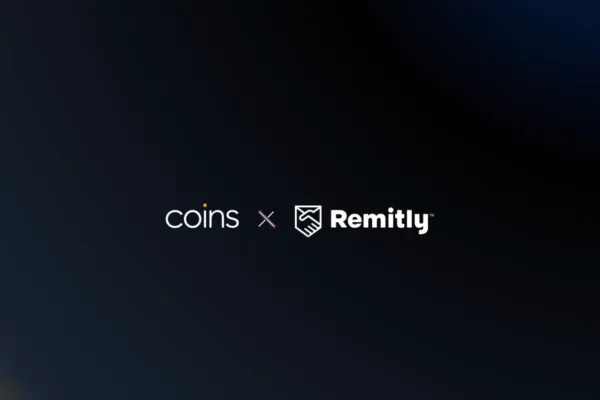by Jan Michael Carpo, Reporter
In a highly anticipated move aimed at managing supply and fortifying the value of the digital currency, the Bitcoin market underwent the “halving” of rewards for cryptocurrency mining last week.

On the former Twitter platform, now known as X, cryptocurrency exchange Binance declared, “The 4th #Bitcoin halving is complete!” along with the message, “The countdown has been reset — see you in 2028.”
As computers tackle intricate puzzles, they determine which miner validates the block first and receives payment in bitcoins, essentially generating new bitcoins.
Through a process called “halving,” however, the reward has been halved every 210,000 blocks since Bitcoin’s inception in 2009.
This significant event recurs roughly every four years, with a new block being certified approximately every ten minutes. Since May 2020, the reward has diminished from a fixed value of 6.25 bitcoins per new block to 3.125 bitcoins.
The concept of Bitcoin was first introduced by an individual or group writing under the pseudonym Satoshi Nakamoto in 2008.
Halving regulates the Bitcoin supply by decelerating its creation rate, progressively reducing the reward amount by halves to adhere to Nakamoto’s worldwide cap of 21 million Bitcoins, projected to be reached by 2040.
Supply management
City Index analyst Matthew Weller elucidated in a pre-event research note, “The primary purpose of halving is to control Bitcoin’s supply.” He further explained, “By curbing the influx of new Bitcoins, halving helps maintain scarcity and potentially enhances the cryptocurrency’s value, provided demand remains stable or increases.”
The recent surge in bitcoin prices has been attributed to advancements in trading accessibility and the anticipation of supply reduction. Bitcoin’s value has surged by 50% since the year’s outset, reaching a record high of $73,797 last month before experiencing recent downturns.
eToro analyst Simon Peters observed that Bitcoin surpassed its previous historical record before the halving occurred, albeit with recent price declines.
Impact on mining businesses
Bitcoin mining businesses, which operate thousands of computers in vast hangars or warehouses consuming significant electricity at high costs, face a substantial challenge with halving as it diminishes their primary revenue source.
These businesses have made considerable investments in cutting-edge computers and efficiency measures to trim energy expenses, aiming to offset potential profit margin reductions.
However, halving may compel some mining companies to deactivate machines to cut costs, resulting in fewer Bitcoins being generated.
Manuel Valente, founder of the cryptoasset investment organization Coinhouse, explained that if the price of bitcoin decreases, the profitability of mining companies decreases further.
Consequently, halving exposes weaker mining firms, potentially prompting industry consolidation in a “survival of the fittest” scenario.
Following the halving, at around 8:30 AM (PH time), the price of Bitcoin has since risen by 0.7 per cent to US$63,467.46.







